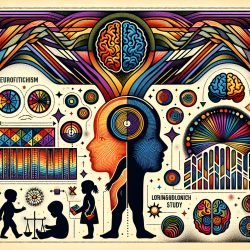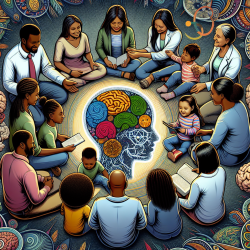As a Special Education Director, it's crucial to stay informed about the latest advancements in therapeutic approaches. One such innovation is the "Technologically Assisted Intensive Home Treatment" (TAIHT), a novel approach that integrates technology with psychiatric care to provide intensive treatment at home. This blog will delve into the findings from the feasibility study titled "Technologically assisted intensive home treatment: feasibility study" and explore how you can implement these insights to enhance your practice.
Key Findings from the Study
The study conducted at Sheba Medical Center in Israel highlights several significant outcomes:
- TAIHT offers a viable alternative to traditional psychiatric hospitalization, allowing patients to receive care in the comfort of their homes.
- The approach leverages technology such as smartwatches, tablets, and dedicated applications to monitor patients' physical and mental health continuously.
- Patients showed a high completion rate, with 59% successfully completing the program.
- The most common reasons for dropout were lack of cooperation and aggravation of clinical conditions.
Implementing TAIHT in Your Practice
Here are some actionable steps to incorporate TAIHT into your therapeutic practice:
- Utilize Technology: Equip your patients with smart devices to monitor their health metrics and facilitate remote consultations.
- Continuous Monitoring: Implement continuous monitoring systems to track patients' progress and intervene when necessary.
- Multi-disciplinary Approach: Ensure that a team of professionals, including psychiatrists, psychologists, and social workers, collaborates to provide comprehensive care.
- Patient and Caregiver Training: Educate patients and their caregivers on using the technology effectively to maximize the benefits of TAIHT.
Encouraging Further Research
While the feasibility study provides promising results, further research is essential to refine and optimize TAIHT. Practitioners are encouraged to:
- Conduct pilot programs to test the effectiveness of TAIHT in different settings.
- Collaborate with academic institutions to explore new technological tools and methodologies.
- Share findings and best practices through conferences, webinars, and publications.
To read the original research paper, please follow this link: Technologically assisted intensive home treatment: feasibility study.










